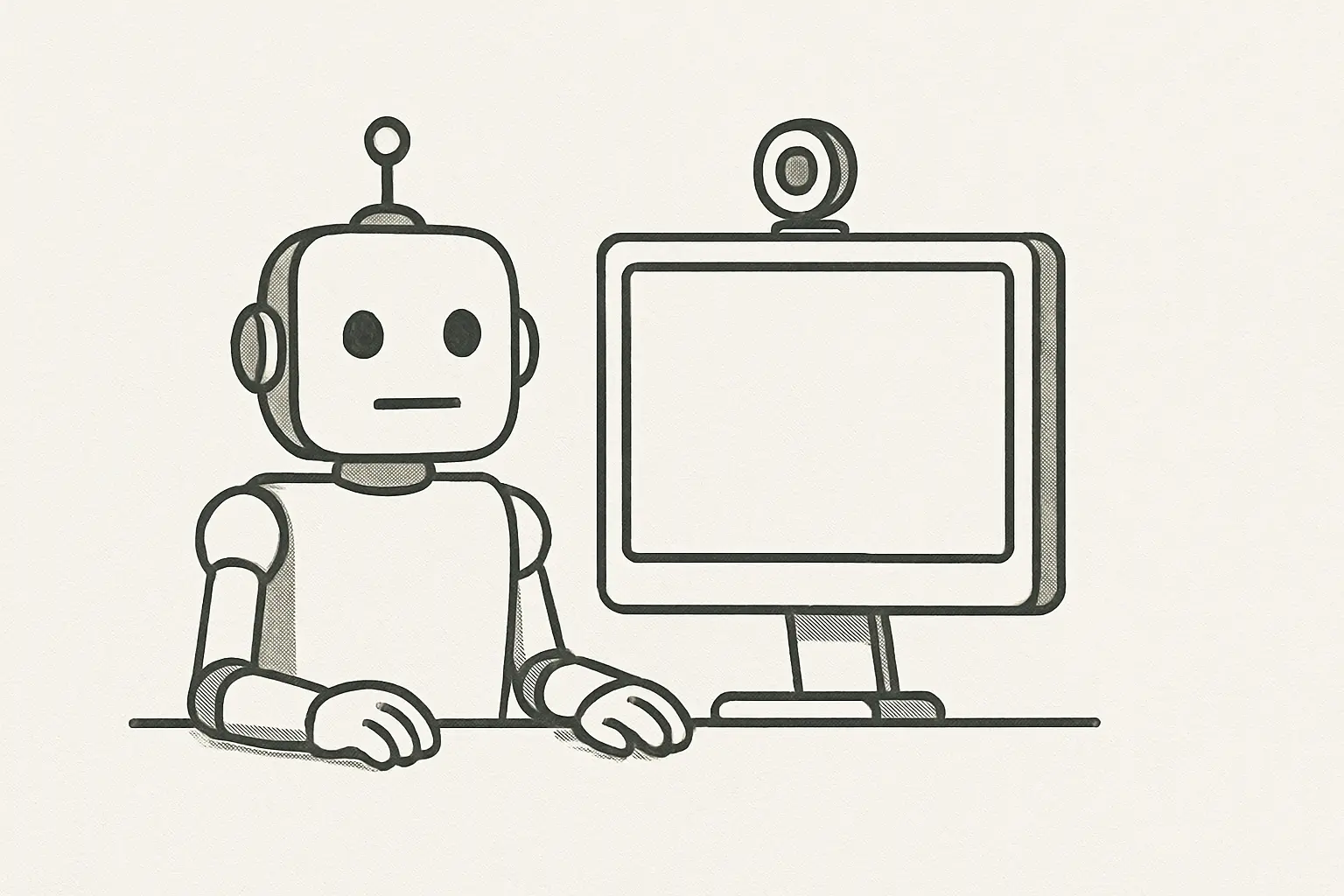Looking for a job involves more than just submitting an application. Behind the scenes, employers follow a structured process to identify the best-fit candidates. This is where applicant screening comes in. Understanding how it works can help you prepare, improve your chances, and avoid common mistakes.
What Is Candidate Screening?
Candidate screening is the process employers use to narrow down the applicant pool. It’s designed to identify who meets the job requirements and who doesn’t. Screening usually happens before interviews begin, and it’s a key part of the early hiring process.
Recruiters or hiring managers use different methods—sometimes manually, sometimes with automated screening tool—to evaluate resumes, cover letters, assessments, and other applicant details.
Why Screening Matters to Employers
Most jobs receive far more applications than one person can review manually. Screening helps employers:
- Save time by filtering out unqualified candidates
- Focus on applicants who match the required skills and experience
- Ensure consistency in the hiring process
- Stay compliant with hiring policies and legal guidelines
This is often the first point where decisions are made. If your application doesn’t pass this stage, you won’t move forward.
How Employers Screen Candidates
Screening can include several steps. Each company may handle it a little differently, but the goal is always the same: find the most relevant candidates. Common screening steps include:
- Resume and application review: Manual or software-based review of submitted materials
- Keyword scanning: Tools search for job-related terms to match skills
- Pre-screening questions: Yes/no questions that check basic qualifications
- Phone or video screening: Short interviews to clarify experience and availability
- Online assessments: Skill tests or personality evaluations
Automated tools, such as applicant tracking systems (ATS), are widely used. These systems organize applications and may filter them based on set criteria.
What Job Seekers Can Do to Prepare
The best way to improve your chances during screening is to tailor your application to the job. Focus on the job description and align your resume with the most important requirements. To do this:
- Use keywords from the job post in your resume and cover letter
- Highlight measurable results (e.g., “increased sales by 20%”)
- Keep formatting simple and clear for better ATS readability
- Answer all screening questions honestly and completely
- Keep your contact information accurate and up to date
Every small detail counts. Employers often make quick decisions at this stage.
Screening Doesn’t Always Involve Human Eyes
In many cases, a machine sees your application before a recruiter does. ATS platforms rank or flag resumes based on criteria like skills, titles, or experience. If your resume doesn’t meet the required match, it may not reach the hiring team.
This doesn’t mean you need to game the system—but it does mean your language needs to be clear and relevant. Don’t use obscure job titles or overly creative formatting that can confuse automated systems.
What Happens After Screening?
If you pass the screening phase, you may be contacted for an interview or asked to complete a further assessment. If not, you might not hear anything. Some companies notify candidates who don’t move forward, but many do not.
Don’t take silence as a personal failure. Keep improving your resume and applying for other roles. Each screening process is different, and what works for one company may not work for another.
Final Thought
Candidate screening is a key step between applying and getting an interview. It’s not just about qualifications—it’s about communication, clarity, and relevance. By understanding how it works, you can improve how you present your experience and give yourself a better shot at moving forward.







